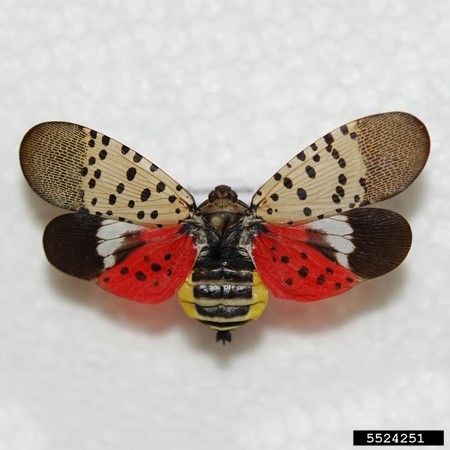Nitrogen fertilizer is a valuable tool in a farmer’s soil management toolbox. Farmers need to know there are some restrictions on that tool coming soon.

The Minnesota Department of Agriculture (MDA) reminds farmers and landowners that beginning September 1, 2020, applying nitrogen fertilizer in the fall and on frozen soil will be restricted in areas vulnerable to groundwater contamination. This applies to Drinking Water Supply Management Areas (DWSMAs) with elevated nitrate levels. Vulnerable groundwater areas include coarse textured soils, karst geology, and shallow bedrock. Approximately 12 to 13 percent of Minnesota’s cropland is vulnerable to groundwater contamination. The Groundwater Protection Rule website shows vulnerable groundwater areas and a list of exceptions to the restrictions.
A short video on the fall restrictions and links for additional information are available on the MDA website. The MDA is holding a webinar on August 12, 2020, from 10:00 to 11:00 a.m. to answer questions. The video and webinar details are available online.
The nitrogen fertilizer restrictions are part of the Groundwater Protection Rule. The rule minimizes potential fertilizer sources of nitrate pollution to the state’s groundwater and works with local farmers to prevent nitrate contamination in public water supply wells.
For more information, please contact Larry Gunderson at 651-201-6168, Larry.Gunderson@state.mn.us.




